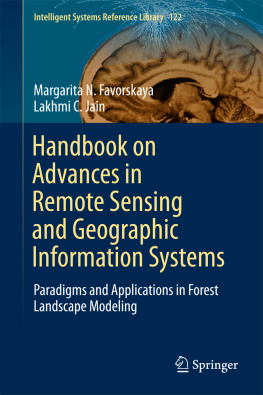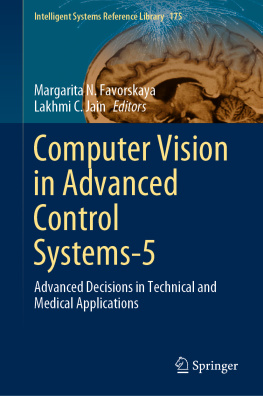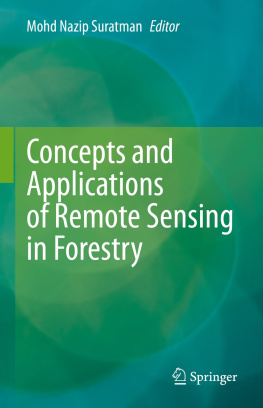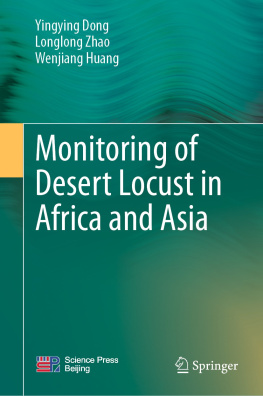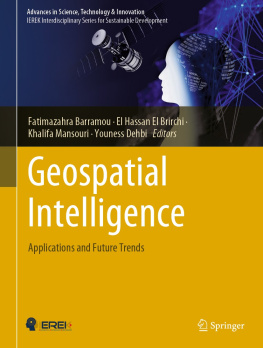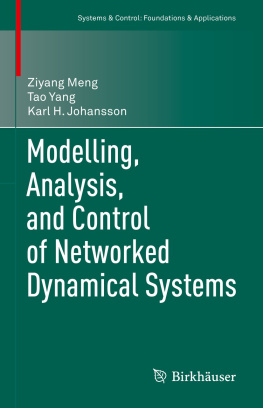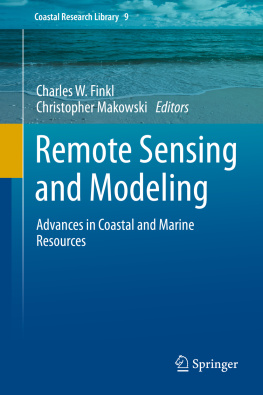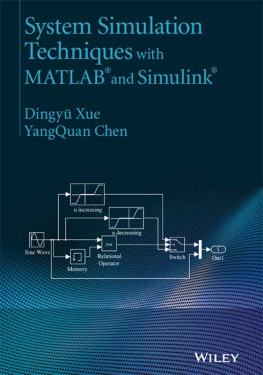1.1 Introduction
Forests covering 31% of the total Earths surface have a determining significance in the global carbon cycle and the terrestrial primary productivity []. The convection processes between atmosphere, vegetation and soil cannot be understood without persistent and durable observation and study of forest resources. Many difficult issues appear in this way. The current book is a contribution in remote sensing investigations including processing, modelling, and visualization based on the recent achievements in digital image processing.
The short historical review of airborne laser scanning as an excellent means of forest monitoring was represented by Hyypp et al. [.
Table 1.1
The stages of airborne laser scanning
Dates | Achievements in airborne laser scanning |
|---|
19601970 | Airborne laser ranging/profiling with experiments for bathymetric and hydrographic applications. The basics of biomass evaluation using laser measurements were founded at that time |
19801990 | Use of laser scanners (instead of laser profilers), the Global Positioning System (GPS) combined with the Integrated Navigation System (INS). The attempts of terrain modelling and individual tree elevation based on height and volume estimations had been started |
2000up to date | Use of various recording devices such as laser scanners, high resolution digital camera, multispectral camera, stereo camera, small-footprint scanners, terrestrial laser scanners, full-waveform digitizing LiDAR systems, and so forth. Measurements of forest growth, detection of aging, damaged, and harvested trees are based on data fusion techniques |
Table 1.2
The stages of algorithms development
Dates | Achievements in algorithm development |
|---|
1990up to date | Development of the digital terrain modelling, progressive Triangular Irregular Network (TIN) densification methods, sparse TIN methods, a slope-based filtering techniques, methods of canopy height estimation, methods of individual tree estimation, geometrical models of stand heights |
2000up to date | Methods for definition of structural characteristics of forest stands (in relation to carbon content and biodiversity issues), histogram thresholding methods for separation of different tree storeys, classification/recognition of tree species, integration methods for simultaneous laser and aerial image acquisition, methods considering the impact of a whole spectrum of ecological factors including a human intervention, verification methods |
The use of Light Detection And Ranging (LiDAR) in recent years contributed in study of the forest structural parameters, such as the height, shape, and foliage distribution of the canopy, and especially the individual tree [].
The main goal of forest monitoring is to extract the forest variables. These methods have been divided into two categories: the area-based inventory methods (done at stand and plot level) and the tree-based inventory methods (done at individual tree level). Both categories utilize the statistical and image processing methods. However, the area-based inventory methods, forming the Digital Terrain Model (DTM), the Digital Evaluation Model (DEM), and the Digital Surface Models (DSM), often use the regression or discriminant analysis. The image processing techniques help to extract the neighborhood information of point clouds and pixels of the DSMs more efficiently. The tree-based inventory methods imply to compute the individual physical features, such as the shape and volume of crowns, trunk diameters at the Diameter-at-Breast Height (DBH), tree heights, and so on. In this case, the image processing techniques prevail on the statistical methods. Objectively, the individual tree based inventories provide more accurate estimations. In general, the task of forest modelling includes the stages mentioned below:
3D LiDAR and 2D hyperspectral/multispectral/digital photography data processing in order to simulate canopy and individual tree models for evaluation of woodland parameters.
Forest modelling on a point of view from the Earths surface using 3D LiDAR and 2D hyperspectral/multispectral/digital photography data as a software tool of assistance for forest appraisers.
Improvement of 3D visualization of individual trees, employing the achievements of digital image processing for forest inventory.
Improvement of 3D visualization of landscape (forest part), using the environment approximate models that are time-based on the life-saving resources (water, light, minerals, and location balances, also weather and climate conditions) for forest monitoring.
The existing tree modelling methods can be classified into two major categories, such as the synthesis-based and the reconstruction-based. Synthesis-based methods are focused on synthesizing tree geometry from heuristics or knowledge, such as the botanic rules, shape grammar, physical simulations, or probabilistic optimization. Rule-based methods assume that the growth of trees follows specific patterns. Usually they use grammar of the L-systems or its multiple modifications to construct the trees species. In contrast, the reconstruction-based methods aim to recover 3D tree geometry that would be closed to ground-truth data received from laser scanner. As a result, very high-quality 3D models can be produced. Fusion of laser scanning data and modelling data is a cornerstone idea of this book.

